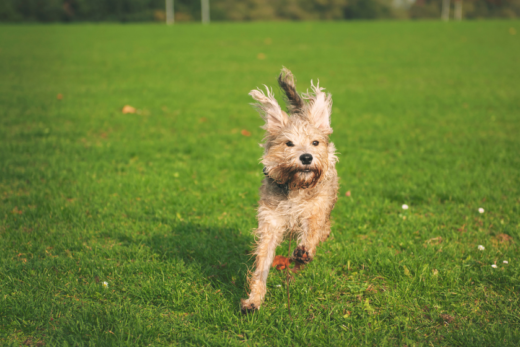
When reading our dog’s body language, we often feel as though we need an interpreter! However, if we take the time to learn what is ‘the normal’ for them and closely examine their behaviour, we can learn a whole lot.
Deciphering body language helps us to form a closer bond with our dog and to understand them better. It is a vital part of avoiding conflict and reducing anxiety and stress. Read on to learn about all of the different things your dog’s tail can tell you.
The different tail positions
- The Neutral Tail. Depending on your dog’s breed, their tail will naturally hang in a certain manner when they are relaxed. This may be curled high over their back (like in the case of the Spitz) or hanging low down (like with the Great Dane). Take heed of your dog’s tail position when they are calm. This makes for a good ‘starting point’ to compare other tail positions from.
- The Wagging Tail. While most assume that a wagging tail is a happy tail, this is not always the case. A tail that wags indicates excitement and interest. However, it can potentially be a sign of anxiety or frustration. Take note of the speed and direction of the wag and take into account the rest of your dog’s body posture.
- The Tucked in Tail*. When a dog has their tail tucked between their legs, this indicates fear or worry. They are not feeling confident.





